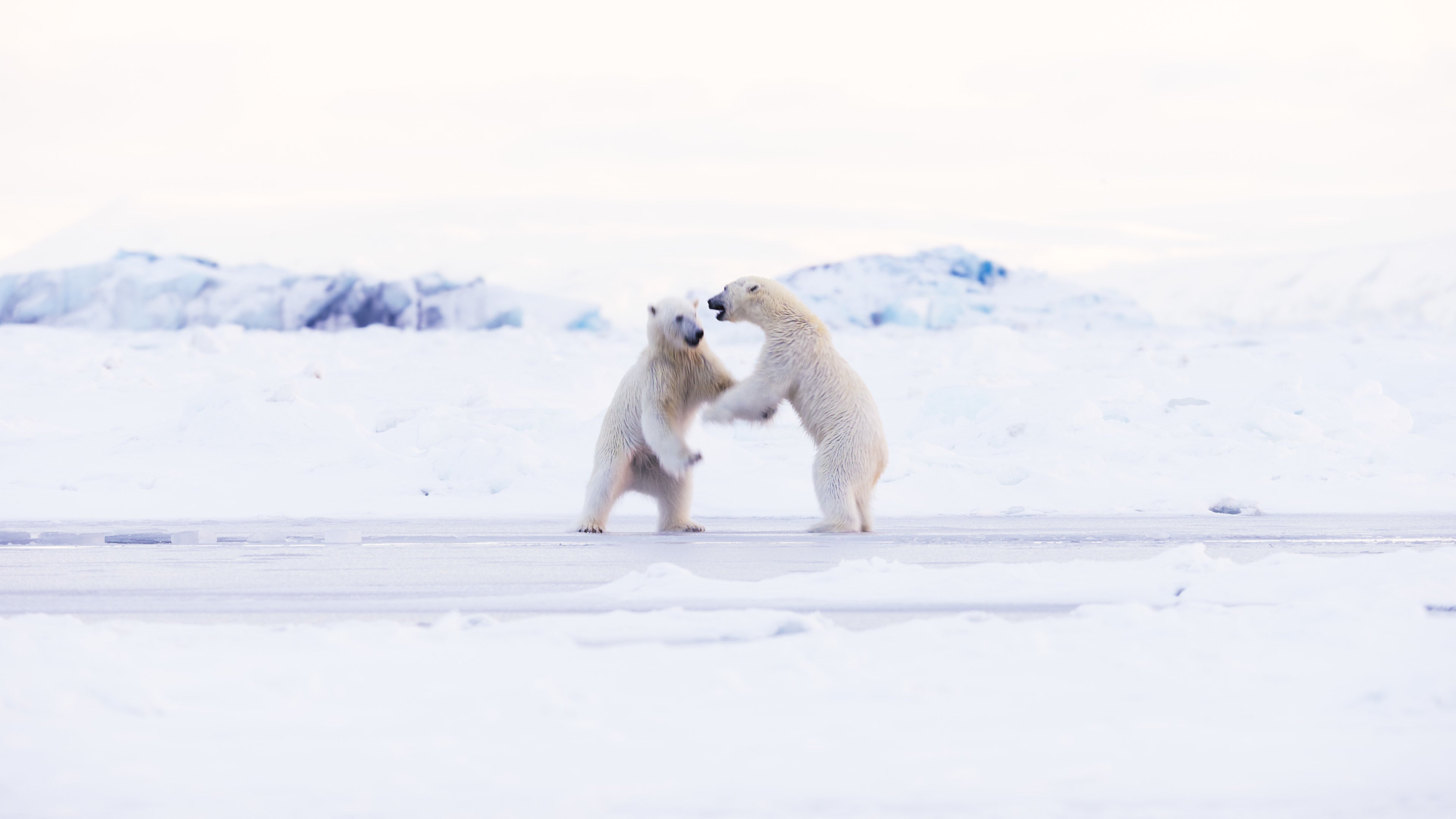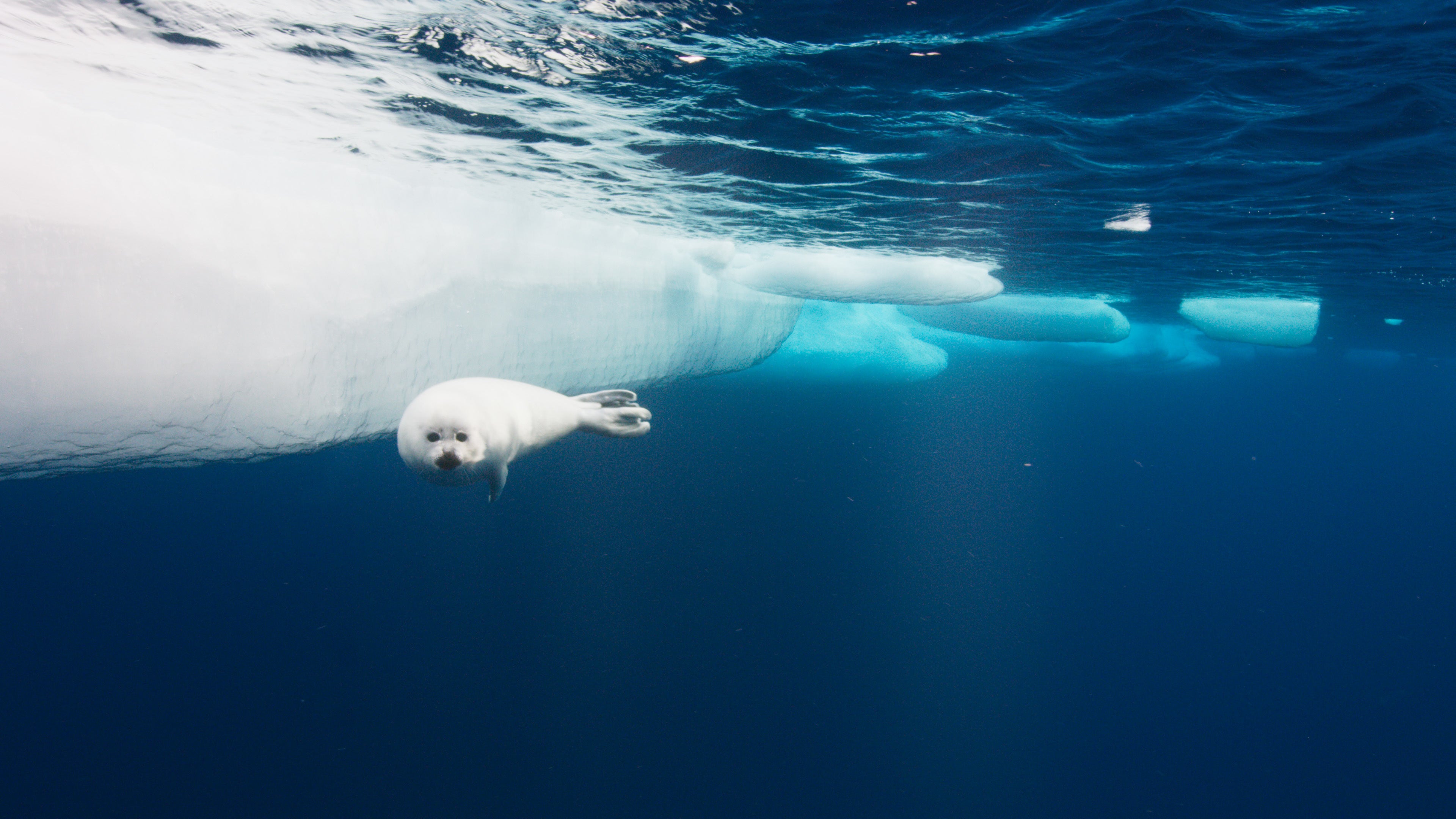Frozen Planet II: The anarchic squalor of life and death is taken to new appalling heights
The routine savagery of the natural world is amplified to an extreme level by the indifference of humans, writes Harry Cockburn
Your support helps us to tell the story
From reproductive rights to climate change to Big Tech, The Independent is on the ground when the story is developing. Whether it's investigating the financials of Elon Musk's pro-Trump PAC or producing our latest documentary, 'The A Word', which shines a light on the American women fighting for reproductive rights, we know how important it is to parse out the facts from the messaging.
At such a critical moment in US history, we need reporters on the ground. Your donation allows us to keep sending journalists to speak to both sides of the story.
The Independent is trusted by Americans across the entire political spectrum. And unlike many other quality news outlets, we choose not to lock Americans out of our reporting and analysis with paywalls. We believe quality journalism should be available to everyone, paid for by those who can afford it.
Your support makes all the difference.Welcome back to the insane realm of Frozen Planet II, where the outrageous cruelty of nature vies with the dazzling beauty of our world in a psychopathic danse-macabre – all perfectly choreographed in the name of television.
The second episode of the new series takes the viewer on a bipolar odyssey – no pun intended – in which the BBC’s traditional anthropomorphic approach is ratcheted up to the extreme, building up our sympathies for certain animals, only to rip them limb from bloody limb moments later.
Do you want the little polar bear cubs to live or die, you ask yourself manically as the blood-soaked head and chest of a cannibalistic alpha male bear roars into view.
If you want them to live, then perhaps they should have slaughtered “one of cutest animals in the world”, as one cameraman describes a fluffy baby harp seal. Or perhaps you’d prefer watching their mother (the bears’, that is, not the cameraman’s) go into battle with other bears in order to rip apart the remains of a walrus.
What’s worse is that you can’t turn away and console yourself with the fact that these merciless gorefests are nothing to do with you, thank you very much. At every opportunity, Sir David Attenborough is there, forlornly providing the incontrovertible evidence that you, we, all of us humans, are exacerbating the horror by overheating our planet.
Every extra tiny increment of additional global average temperature rise we cause is seemingly pitting more and more species against each other.
We witness a pod of ruthless killer whales target a group of bowhead whales – which Sir David tells us are only minding their own business on holiday at a “spa” where they are socialising and cleaning their skin.
The killer whales target a young whale and spend an hour ramming it at high speed, eventually drowning it, before eating just its tongue. The chaser: more bowheads are falling prey to killer whales every year, as the climate crisis causes the barrier of ice separating the two species to melt earlier and earlier in the season. It’s us again.
But the programme is by no means all doom and gloom – those are merely the properties of the light in which humanity must now survey our planet.

We can rejoice – bitterly – as two adult polar bears, apparently unknown to one another, have a chance encounter on the ice, and frolic ecstatically about their frosty wilderness – “dancing on ice, apparently just for the joy of it”, as Sir David puts it.
“Polar bears thrive at this time of year [spring] due to the huge platform of ice from which they can hunt,” he adds.
Later in the programme – and the calendar year – the ice is gone, and there is no thriving to be done anywhere.
“Temperatures in the Arctic are now rising faster than ever before, creating storms which break up the ice floes earlier each spring,” Sir David warns us, right after we’ve witnessed an impossibly beautiful baby seal learn to swim, then been left to fend for himself by his mother just 12 days after being born.
“Harp seal pups are being tipped into freezing waters before they’re ready to endure long periods at sea,” he says. “In some pupping areas, almost none survive.”
In another gruesomely engrossing sequence, the camera takes us right up to the heaving snout of an overheating walrus emerging from the seaweed.
Looking like a giant locomotive scrotum with long curving tusks, we are treated to the unforgettable sight of a thick mucus of foaming snot which bubbles out over their whiskers as they pant in the sunshine. It sounds incredible. You almost stop breathing so as to avoid the smell which your television might emit. Then we have a look at the other end. A messy anus erupts with a comedy fart – right into the face of another tusked ballbag.
It is a beautiful, appalling, bombastic nightmare. And that’s before more hungry polar bears turn up to really crank up the bloody wretchedness of it all.

As our own society appears to be losing the foundation of its stability, the programme not only reveals the enormous damage we are doing to the world around us but also lets us glimpse the anarchic hell in which many species live – the brutish state of nature which functioning societies have helped us escape.
‘Frozen Planet II’ is on BBC One





Join our commenting forum
Join thought-provoking conversations, follow other Independent readers and see their replies
Comments